
Note:
MLHP increased the coverage to include all of Somerset County’s lost and active farm stands, farmers markets, private farms, historic farms, and farm preservation projects. Specific farms for equestrian activity, Christmas trees, and other categories will also be included.
Early Farming (17th–18th Century)
When European settlers arrived in Somerset County in the late 1600s, the land was inhabited by the Lenape Native Americans. The settlers, mostly Dutch and English, quickly adapted to farming the land. They grew crops like corn, wheat, rye, and oats and raised livestock such as cattle, pigs, and chickens. The early farms were often small, family-run operations.
During the 18th century, farming became the primary economic activity in the area, especially as the population grew. Grain milling was also a key industry, with many mills being built along the rivers and streams. The fertile lands along the Raritan River Valley were ideal for producing grains and vegetables.
By the early 20th century, farming in Somerset County began to face challenges. The construction of roads, railroads, and, eventually, highways led to more suburban development. As urbanization spread, much of the farmland was converted into residential areas. The rise of industrialization and the Great Depression also put pressure on farming, as many small family farms could not compete with larger operations that had access to new technology.
Overall, farming in Somerset County played a vital role in shaping the region’s economy and culture. While modern development has reduced the amount of active farmland, farming continues to be an integral part of the county’s rural heritage. The Mr. Local History Project has begun an effort to create a list of key agricultural, life stock, equine, and fruit farms in the Somerset Hills area of Bedminster, Basking Ridge, Liberty Corner, Bernardsville, Far Hills, Peapack, and Gladstone. A number of researchers are building the list and sharing details with the public.
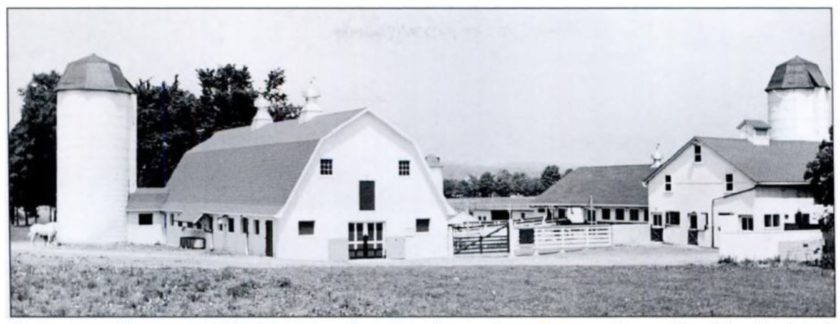
While the bucolic Somerset Hills remained the treasure of western New Jersey, farming shifted to estates once the railroad started in the 1870s. Mostly in Bernardsville and Bedminster, Basking Ridge, Liberty Corner, parts of Bernardsville, and the surrounding area remained deep in agriculture and livestock. Check out the list below, and if you have any memories, please feel free to post and share.
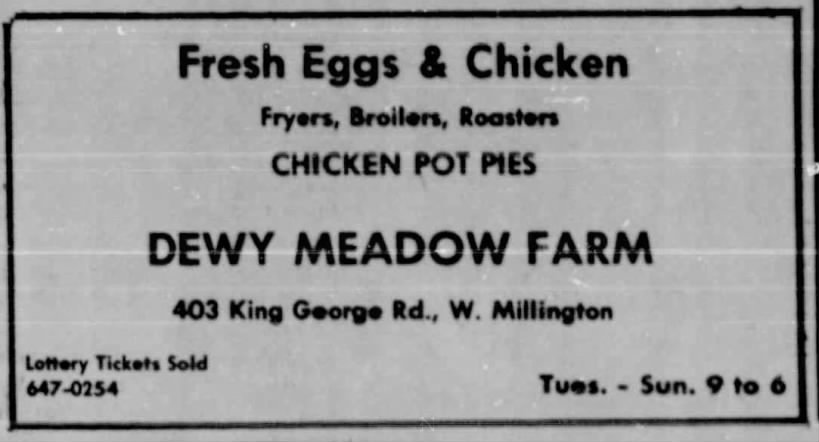
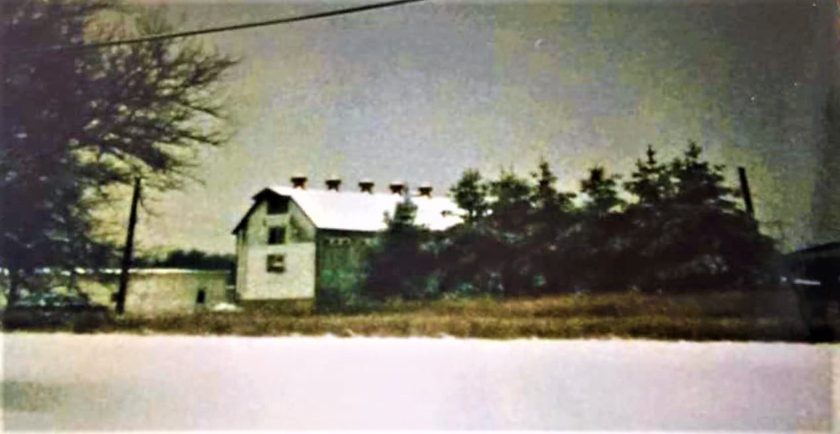
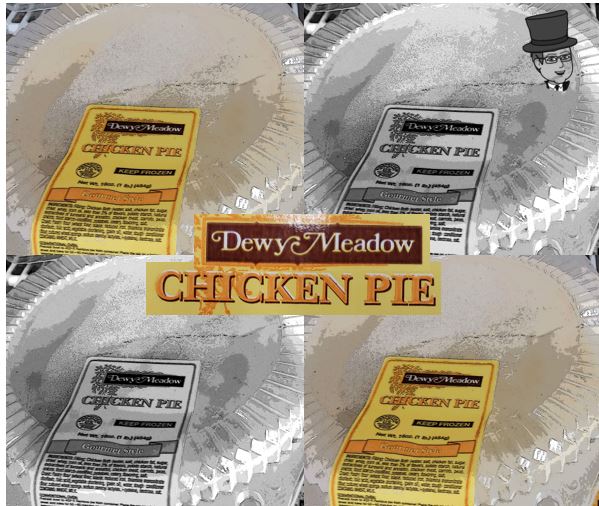
Work on a Somerset County, NJ Farm?
If you worked on a farm in the Somerset County, New Jersey farm, we’d love to hear your story. Please drop us a note as we prepare a file and a story to present to the public.
Somerset County Dairies
Basking Ridge and Bernardsville, New Jersey, were once home to several prominent dairies during the late 19th and early 20th centuries when agriculture was vital to the local economy. Among the most notable in Basking Ridge was Hillside Farm, operated by the Cowperthwaite family. This dairy farm was a significant provider of milk and other dairy products to residents and cities such as Newark and New York. Another important site was the Kennedy-Martin-Stelle Farmstead, a historic property with a long agricultural history. In its later years, it was utilized as a dairy farm and remains a preserved landmark reflecting the area’s rural heritage.
Bernardsville Creamery was a central hub for dairy processing. Local farmers would bring their milk to the creamery, where it was pasteurized and bottled for distribution to regional markets. Another prominent operation was the Somerset Hills Dairy, which flourished in the early-to-mid 20th century. Known for its high-quality products, it served a growing population. Additionally, the property now known as the Scherman Hoffman Wildlife Sanctuary was once used for dairy farming before being transformed into a nature preserve managed by the New Jersey Audubon Society.
As the 20th century progressed, dairies and farms began to decline. The rise of large-scale industrial dairies and the rapid suburban development in the region made it increasingly difficult for small, family-run farms to compete. By the mid-1900s, most local dairies had shuttered, marking the end of an era when farming was central to Somerset County, New Jersey’s identity. Today, remnants of these farms, dairies, and orchards serve as a reminder of the area’s rich agricultural past.
Area Farming
Historically, in Somerset County, New Jersey, the most significant and notable farms were located in areas with the richest and most fertile land, particularly along the Raritan River and in the western parts of the county. These areas were ideal for large-scale farming due to their access to transportation routes like canals, railroads, and later highways. Here are some of the key areas where the largest farms were historically located:
1. Bridgewater Township
- Bridgewater Township was one of the most important agricultural areas in Somerset County during the 19th and early 20th centuries. It has fertile soil, and much of the land was used for growing crops like corn, wheat, and oats and raising livestock.
- The development of transportation infrastructure, such as the railroad, allowed large farms in this area to expand and increase production. Some farms in Bridgewater grew into substantial operations, including dairy farms and grain mills.
- Over the years, the township has seen significant suburban development, but remnants of its agricultural history remain in some preserved farms.
2. Franklin Township
- Franklin Township, which lies south of Bridgewater, was also home to large farms, particularly in its western sections along the Raritan River. The fertile land in this area supported both crops and livestock, and the farms benefited from access to waterways for transporting goods to markets.
- Franklin Township has areas like Griggstown and Kingsley Park, which are historically home to large farms and orchards. As development increased in the mid-20th century, many of these farms were subdivided for residential use, but some large estates and preserved farms remain in the area today.
3. Somerville and Raritan
- Somerville, the county seat, was surrounded by large farms during the 18th and 19th centuries. The land around Somerville was perfect for fruit production, including orchards with apples and peaches. Many of the large farms in the area had diversified crops and cattle operations.
- Raritan, neighboring Somerville, also had large farms that contributed to its agricultural output. Like other parts of the county, Raritan’s proximity to transportation routes helped larger farms thrive.
4. Hillsborough Township
- Hillsborough Township is another area historically with significant agricultural land, especially in the southern and western sections. The land in this area is well-suited to farming, with many large farms that produce grains, vegetables, and dairy products.
- Hillsborough benefited from proximity to the Raritan River and was home to some large-scale farms that later gave way to suburban development. However, the township still has several preserved farms.
5. Peapack-Gladstone (Peapack)
- The area known as Peapack-Gladstone, located in the more rural western part of Somerset County, was home to some of the larger estates and farms in the region. This area has long been known for its agricultural significance, with some of the largest estates in the county used for both farming and recreational purposes.
- Peapack-Gladstone’s large estates, many of which were once working farms, are now protected by agricultural preservation programs. Some still maintain farming operations on a smaller scale.
6. Bernards Township
- Bernards Township (including towns like Basking Ridge) had several large farms during the 18th and 19th centuries. The land in the area supported various types of agriculture, including grains, livestock, and dairy farming. The farms around Basking Ridge, in particular, were vital in the county’s agricultural history.
7. Raritan and Millstone River Areas
- The area along the Raritan River and the Millstone River has been known for large farms, particularly those focused on grain production and livestock. The rivers provided a critical transportation route for shipping agricultural products to market.
Lost Farmsteads, Orchards, Dairies List (Help us Remember)
Do you know a missing farm? Maybe you have a story about being a youngster on one of these farms, or perhaps you just shopped at one? Feel free to reach out and post any memories in the comments section below. The list will grow, and we’ll add photos and stories from the past. It’ll be an MLH work in progress.

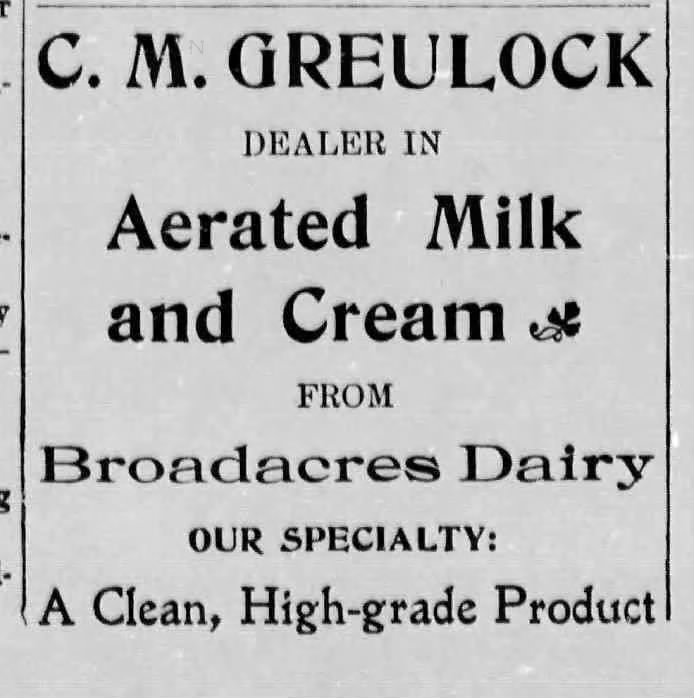
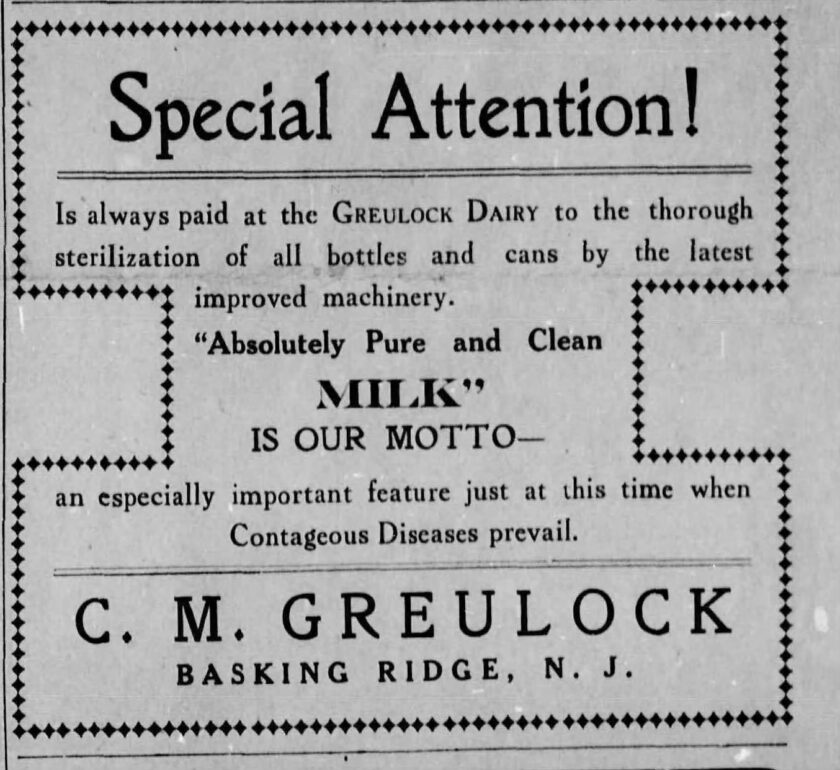
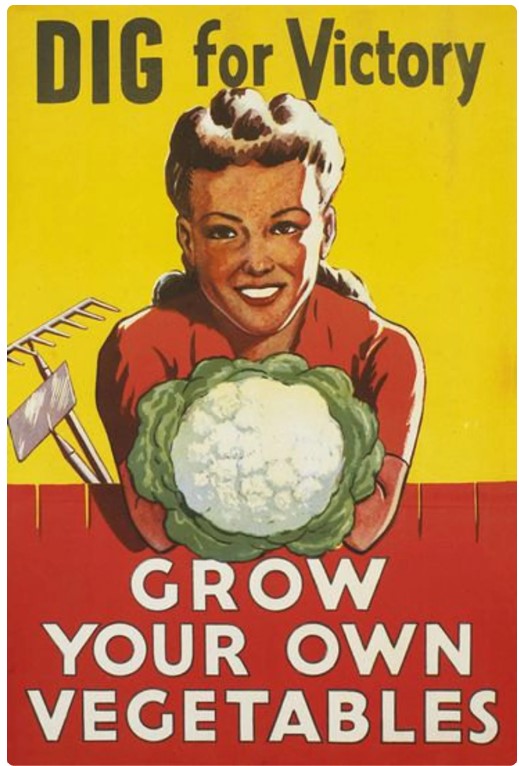
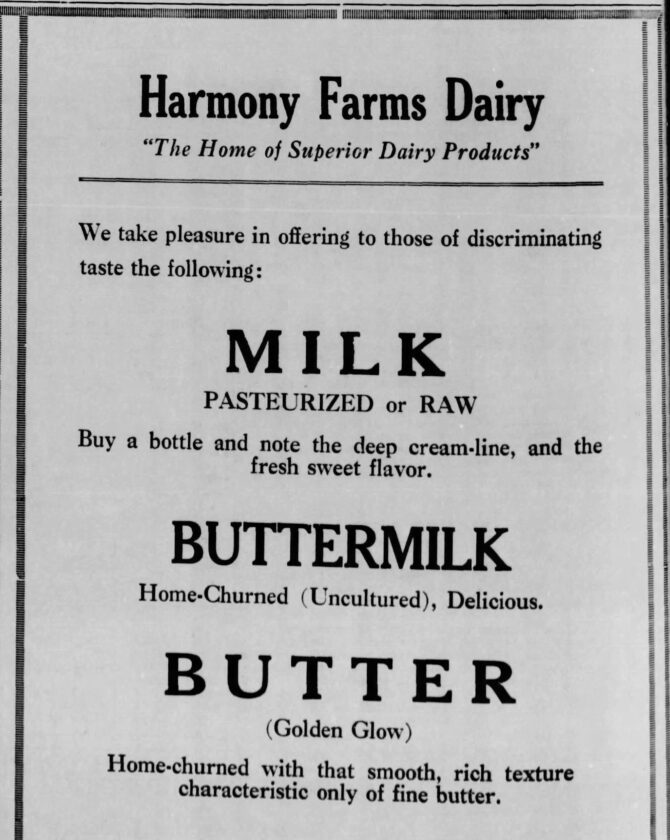
Farms We Remember
| Basking Ridge | Alward Farm | Farm | Henry Alward – Also owned Chimney Ash House |
| Basking Ridge | Bakenhaven Farm | Farm | See Charles Baker Farm |
| Basking Ridge | Bardy Farm | Farm | Current site – The Barrons Basking Ridge. Still operating today in Warren, NJ with a farm grocery store. |
| Basking Ridge | Cedar Hill Farm | Orchard | Samuel Owen’s Peach and Apple orchards, Flowers. Was also a dairy in the early 1900s. |
| Basking Ridge | Charles Baker Farm | 85 acre Charles Baker Farm, called Bakehaven – Lord Stirling Park | |
| Basking Ridge | Childs Farm | Farm | Childs Restaurant and owned Grain House as well |
| Basking Ridge | Chimney Ash Farm | Farm | Henry Alward home. Built c.1740, it is one of the first structures in Bernards Township. |
| Basking Ridge | Collyer Farm | Farm | Adjecent to the Cedar Hill Farm, now the site of the Lord Stirling Stables. |
| Basking Ridge | Copper Gate Farm | Pic – Before was Day Farm | |
| Basking Ridge | Crane Farm | Farm | Still there today in Basking Ridge on South Maple Avenue |
| Basking Ridge | Decker Farm | Farm | By Decker Road |
| Basking Ridge | Greulock Dairy | Dairy | The G.M. Greulock Dairy in Basking Ridge, NJ, was located on South Finley Avenue, just south of the center of town. The Greulock family and Carl Martin Greulock managed the dairy. Given the family’s ties to the Lyons and Basking Ridge areas, the dairy likely operated near Lyons Road. |
| Basking Ridge | Knollcroft Farm | ad 1926 | |
| Basking Ridge | Mine Brook Farm | Farm | |
| Basking Ridge | Shalebrook Farm | Dairy | 1944 ad – (Earl Farms) |
| Basking Ridge | Whitnall Farm | Pic | |
| Bedminster | Segal & Morel Farm | Farm | At 62 acres, this farm was preserved, ensuring its continued contribution to the county’s agricultural landscape. |
| Bedminster | Champey Farm | Farm | Spanning 83 acres, Champey Farm was preserved, maintaining its agricultural significance. |
| Bedminster | Hamilton Farm | Farm | Once spanning over 5,000 acres, Hamilton Farm was among the largest in America. Established in the early 20th century by financier James Cox Brady, it has since been reduced in size, with portions developed or repurposed, including the establishment of the United States Equestrian Team Foundation headquarter |
| Bedminster | Cowperthwaite Place (Lamington Farm) | Farm | Known in the 1950s as the Cowperthwaite place, this 400-acre estate was associated with the Brady family. Over time, the property underwent changes, reflecting the broader trend of estate transformations in the area. Now the Trump National Golf Course |
| Bedminster | Kirby Farm | Farm | This 132-acre farm on Country Club Road was sold at auction in 2016 for just under $3.2 million. Previously proposed as a site for a large solar array, the property was acquired by private buyers, reflecting ongoing changes in land use within the township |
| Bedminster | Black River Farm | Equine | |
| Bedminster | Copperthwaite Farm | Farm | Trump National Today |
| Bedminster | Hamilton Farm | Farm | Once one of the largest Farms in America – over 5,000 acres |
| Bedminster | Joseph Hoy Farm | Farm | Purchased by Brady in July 1917 |
| Bedminster | Lana Lobell Farm | Equine | 400 acres once part of Schley estate |
| Bernardsville | Home Winds Farm | Dairy | Once a working dairy farm, Home Winds Farm is now part of Gill St. Bernard’s School. The farm provides educational opportunities for students, offering a deeper connection to agricultural practices. |
| Bernardsville | Cherry Lane Farm | Owned by Lowensteins | |
| Bernardsville | Jockey Hollow Fruit Farm | Fruit | |
| Bernardsville | Meadowbrook Farm | Livestock/Dairy | Vleit Lindaberry – A great story about raising cattle and making glitter. |
| Bernardsville | Sherwood Farms | Livestock | |
| Bernardsville | Wendover Farm | ||
| Branchburg | Deerfield Creek Farm | Farm | This 108-acre property was preserved, preventing its loss to development. |
| Chester | Larisons Turkey Farm | Animal Farm | Check out our story about the history of Larison’s |
| Coffee Corner | Ross Farm | Farm | Once owned by Elias Boudinot – Check out the history |
| Far Hills | Applewood Farm | Orchard | |
| Far Hills | Dunwalke Farm | Farm | Active Today |
| Far Hills | Froheim Farm | Livestock/Dairy | |
| Franklin Township | Meredith Farms | Farm | Route 40 at Weymouth Road. Originally a township-owned property, it was slated for development, leading to the loss of valuable farmland. Although development has been stalled since 2014 due to funding issues, |
| Franklin Township | Hageman Farm | Farm | Owned by the Hageman family for several generations. The property was condemned in 1972 for the proposed Six Mile Run Reservoir project, leading to the displacement of the farming family. |
| Gladstone | Pfizer Farm | Equine/Hounds | Bought Essex Hounds and brought to Gladstone |
| Gladstone | Redgate Farm | Livestock | Kissel |
| Hillsborough | Drenchko Farm | Farm | Covering 24 acres, Drenchko Farm was preserved, safeguarding its agricultural heritage. |
| Hillsborough | Duke Farms | Farm | Established by Doris Duke, Duke Farms was once home to extensive glasshouse collections and botanical gardens. In 2008, the gardens were closed, and the property was repurposed as an environmental education center. |
| Hillsborough | Abma’s Farm | Farm | Abma’s Farm in Hillsborough faced challenges, including a significant loss of crops, leading to the establishment of “Abma’s Farm South” in the area. |
| Hillsborough | Norz Hill Farm | Farm | Norz Hill Farm, a family-owned operation, offers grass-fed beef, bacon, fresh eggs, and hosts events like Fall Harvest Days and Scare Farm. The farm also operates a farmers market in Hillsborough. |
| Liberty Corner | Scarano’s Farm | Farm | Liberty Corner – The farm was situated on Martinsville Road and was owned and operated by Stanley and Angelina Scarano, who married in 1946 and raised their six children on the property. Now the Riverwalk Mall area |
| Liberty Corner | Baldwin Farm | Farm | |
| Liberty Corner | Bonnie Brae Farm | Farm | Wayward Kids from Newark |
| Liberty Corner | Bontecoe Farm | Pic | |
| Liberty Corner | English Farm | Farm/Dairy | James English, first pastor Liberty Corner Presbyterian Church – See our research. |
| Liberty Corner | Fair View River Farm | 2 pics | |
| Liberty Corner | Ripple Hill Farm | Orchard | |
| Liberty Corner | Rippling Brook Farm | Dairy | was a family-run farm that primarily focused on dairy farming. |
| Liberty Corner | Sky Farm | Nudist | Built between 1750 and 1840, the Farmstead and three historic agricultural structures are part of Old Farmstead Park, a 36.5-acre property along the Passaic River. Still operating today |
| Lyons | Day Farm | Dairy | |
| Millington | Schmalz Dairy Farm | Dairy | |
| Morristown | Wightmans Farm | Farm/Orchard | Just north of Bernards Twp. Still there today |
| W. Millington | Dewy Meadow Farm | Farm | 22 acres in 1969. Have researched – check out link. |
| W. Millington | Frank Orr Farm | Farm | Near Pleasant Valley School |
| W. Millington | Stelle Farmstead | Farm | Built between 1750 and 1840, the Farmstead and three historic agricultural structures are part of Old Farmstead Park, a 36.5 acre property along the Passaic River. |
| Warren | Wagner Farm | Farm /Dairy | Once one of the oldest working farms in the township, Wagner Farm was a dairy operation located on Mountain Avenue. |
| Warren | Cooper Farm | Farm | Andrew Kirkpatrick, who settled in the area in the 18th century. Next to Wagner Farm |
| Warren | Warrenville Poultry Farm and the EggOmat | Poultry | In the 1950s, Camillo and Alice Epstein operated the Warrenville Poultry Farm on Mountain Boulevard. They introduced the “EggOmat. |
| Watchung | Ness Farm | Farm | This approximately 20-acre property, located on Mountain Boulevard, has been identified as a contaminated site. The Borough of Watchung has engaged qualified professionals to evaluate the property and recommend cost-efficient remedies. Community input has been sought to determine the future use of the land. |


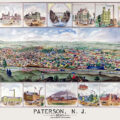
My grandfather Ralph Waldo Earl owned Shalebrook Farm in the1940s. I have a few pictures of them harvesting apples and hay; Belgian horse-drawn wagons and such. They must have had dairy cows as well. I have one aerial picture of the farm, and one of their large farmhouse.
My father Richard Earl renovated an old barn, moved it across Route 202 and started Shalebrook Farm Market on the corner of Route 202 and Bailey’s Mill Road in the early 1950s. I used to sit on top of open truckloads of corn and pumpkins that he would bring up from South Jersey. He owned that market until about 1963 when we moved out of state.
We’d love to take a look at your images and possibly add to the story. Can take a phone pic and send via our Contact us page.
I lived on Alward farm from 1975-1980. At that time its address was 40 Mt. Airy Rd., and the property still consisted of nine wooded acres. A couple of times a year we would cross country ski out to check the mailbox! Farming was no longer happening, but I do remember my mom harvesting black walnuts and making banana bread. There was also a massive mulberry tree with a tire swing on it – will never forget misjudging the angle and slamming the side of my head into it. I had several paranormal experiences in that house but hitting my head on that tree was definitely something that happened in real life.